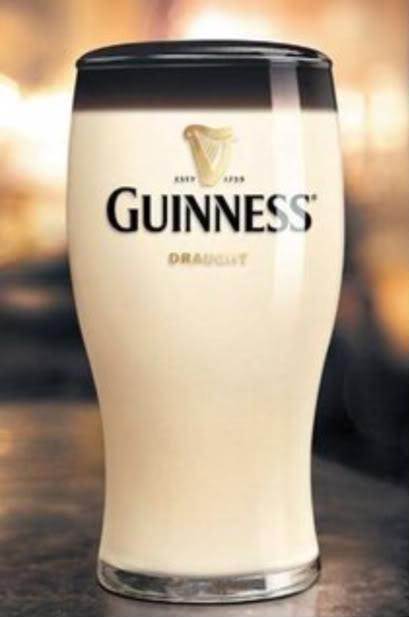I've always thought of Stouts as black beers but notice that some recipes have a range of colours.
Juts bottled the GH Oatmeal Stout this morning and it's decidedly dark brown, I upped the original recipe colour a tad to 47 EBC and thought it looked a bit light, should've used some black malt I suppose.
Sample tastes great but I'm drinking it with my eyes and well as my mouth and the colour is a but off-putting. What do others think?
Juts bottled the GH Oatmeal Stout this morning and it's decidedly dark brown, I upped the original recipe colour a tad to 47 EBC and thought it looked a bit light, should've used some black malt I suppose.
Sample tastes great but I'm drinking it with my eyes and well as my mouth and the colour is a but off-putting. What do others think?
































![BREWING THERMOMETER STICKERS ACCURATELY MONITOR FERMENTING BEER & WINE LIQUID TEMPERATURES 5PCS HOME BREW SPIRITS WINE LCD ADHESIVE [US]](https://m.media-amazon.com/images/I/311DDjo2X3L._SL500_.jpg)









